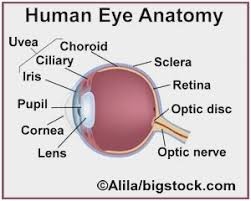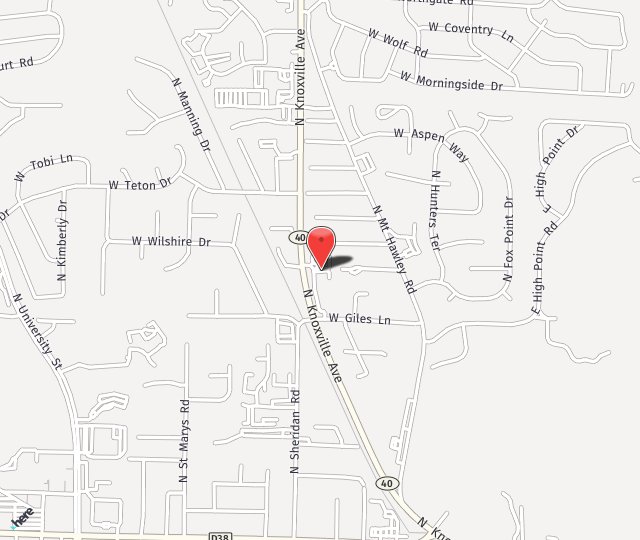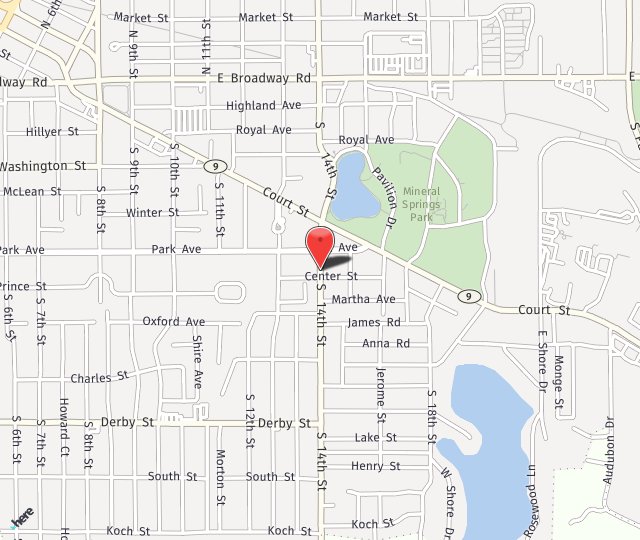I covered my face to avoid the headlights of cars as we drove to the hospital. Who ever heard of going to the ER for “pink eye”? But there I was in the busy waiting room. I thought to myself “I have never been in a room with such terrible lighting.” white florescent lights, glaring. Did you know that light hurts your eyes when you have iritis? If you have not had iritis, imagine a muscle spasm. Think back. Ever had a spasm in the calf of your leg? Imagine that in your eye.
The exam could only be accomplished using a Very Bright Light! “You have Iritis” the doctor said. What? “I-ri-tis, an inflammation in the iris of your eye.”
Possible disorders that might be causing my iritis: “Sarcoidosis, Lyme disease, arthritis. All very unlikely, but possible.” He explained. “You have iritis in one eye. It is unusual to get iritis in both eyes. Use these eye drops every hour that you’re awake. Come back tomorrow.”
I returned to the ER the next day, and I ended up going back many more times over the next several months. I was prescribed several kinds of eye drops, using them many times a day. My eye felt ok if I took them frequently. However, each time I tapered off, the soreness and sensitivity to light returned.
About 2 months later, my other eye began to hurt. Now I have iritis in BOTH eyes! Same routine, use the drops, taper the drops, flaring. Use the drops, taper the drops, flaring. Then I noticed what looked like dust in my vision. I could see it floating in my vision when I moved my head, it would “slosh’ around. I had never seen anything like that before this iritis stuff.
That is when I was referred to Dr. Bond, an ophthalmologist who specializes in corneal diseases, cataracts and LASIK surgery. I was seen the same day, as I later found out my condition is considered an emergency. I had “Uveitis” pronounced U-ve-I-tis. It’s an inflammation of your uveal tract, the middle layer of your eye”. He changed my eye drops around since they weren’t working. The next day, I was back, because the inflammation was worse. He doubled my medications and my symptoms improved slowly, 6 months later, I was better. My ordeal was a real eye-opener for me. I no longer take my vision for granted and I make sure to keep my yearly exams.

Uveitis can come on suddenly and get worse quickly. Symptoms include eye redness, pain, blurred vision and light sensitivity. Possible causes are infection, injury or an autoimmune disease. In about half of all cases, the specific cause of uveitis isn’t clear. Early detection and treatment are important to reduce the risk of vision loss, which can be permanent. It is a progressive disease that can be challenging to treat.
Uveitis is defined as inflammation of the uvea. The Uvea is the middle layer of tissue in the wall of the eye, it supplies blood to the retina. It consists of the iris, which is the colored part of your eye, ciliary body and the choroid. The choroid is the layer between the retina and the sclera. The retina is the inside wall of the eye. The sclera is the white on the outside of the eye that we can see when we look in the mirror.
Acute uveitis can last for a short time, several days. Chronic uveitis can last for a longer time, several months. There are many different types of uveitis. Anterior uveitis, often called iritis, affects the iris. It is the most common, affecting 56 % of people who get uveitis.
Several treatment options are anti-inflammatory eye drops to reduce inflammation or an antibiotic to bring infection under control. Some of these medications have side effects such as glaucoma and cataracts. The patient will need to have multiple visits to follow the progression and make sure the disease is fully treated.

Lori Riegler is a certified ophthalmic assistant, COA at Bond Eye Associates for the last 15 years. She assists doctors by collecting medical information from patients prior to seeing the doctors. Bond Eye Associates is accepting new patients in both of their locations: Peoria and Pekin, IL. Please call Bond Eye Associates to schedule your yearly vision exam or eye emergency with confidence knowing that they have been a trusted, locally owned, medical practice for over 37 years at 309-692-2020 or click here.


